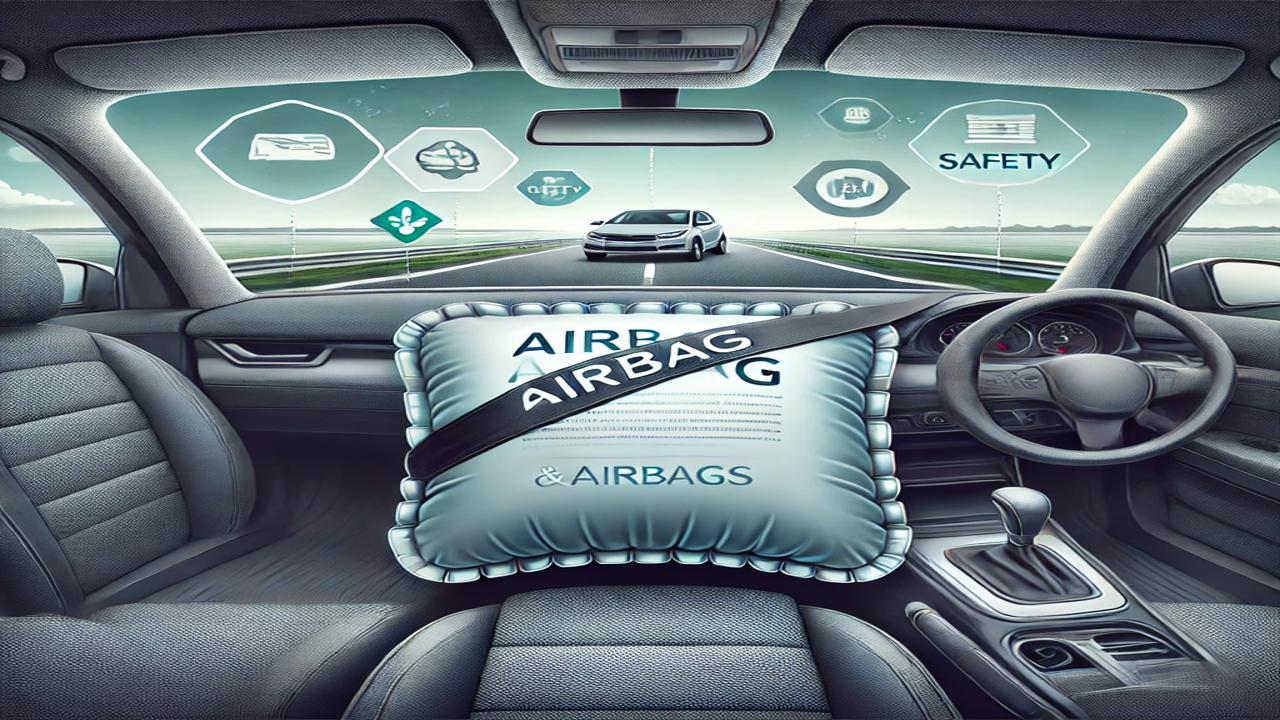What is an Airbag and What Does it Do?

An airbag is a safety system in vehicles designed to protect the driver and passengers during a collision. It inflates rapidly during a crash to reduce potential harm to the body. Airbags are one of the most important safety features in vehicles and play a life-saving role.
What is an Airbag?
An airbag is an inflatable cushion that protects passengers in case of a crash. Using electronic sensors, it detects a collision and inflates rapidly, usually within a few milliseconds.
How Does an Airbag Work?
During a collision, the airbag inflates quickly and reduces the impact on the passengers’ bodies. By minimizing the distance between the person and rigid surfaces like the steering wheel or windshield, it helps reduce head and neck injuries.
Types of Airbags
- Driver Airbag (Steering Wheel Airbag): Protects the driver.
- Passenger Airbag: Protects the front passenger.
- Side Curtain Airbags: Designed for side collisions.
- Knee Airbag: Protects the knees.
- Side Airbags: Protects the head in side collisions.
Benefits of Airbags
- Reduce Head and Neck Injuries: Airbags deploy quickly to prevent serious injuries to the head and neck.
- Reduce Chest and Abdominal Injuries: Minimizes damage to internal organs.
- Quick Response: Deploys within milliseconds during a crash.
- Extra Layer of Protection: Works in tandem with seatbelts for enhanced safety.
Limitations of Airbags
- Effective Only in Collisions: May not be effective in low-speed crashes or rollovers.
- Incorrect Positioning: If passengers are seated incorrectly, airbags can be dangerous.
Airbag Usage and Safety
Airbags, like seat belts, are crucial for safety but should be used correctly. Drivers and passengers should always wear seat belts and sit properly in their seats.
Conclusion
Airbags are one of the most important safety features in modern cars. While they provide effective protection against collisions, they should be used alongside other safety features like seat belts to ensure a safe journey.










